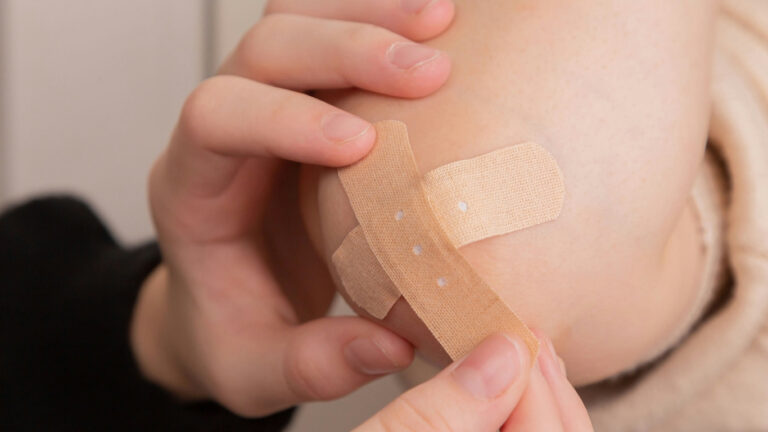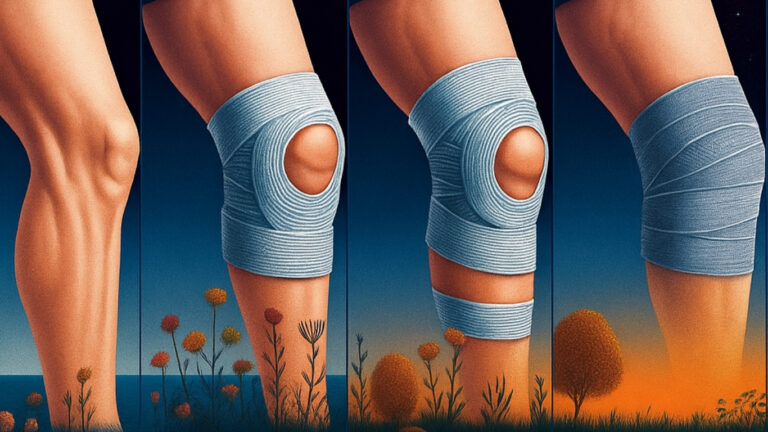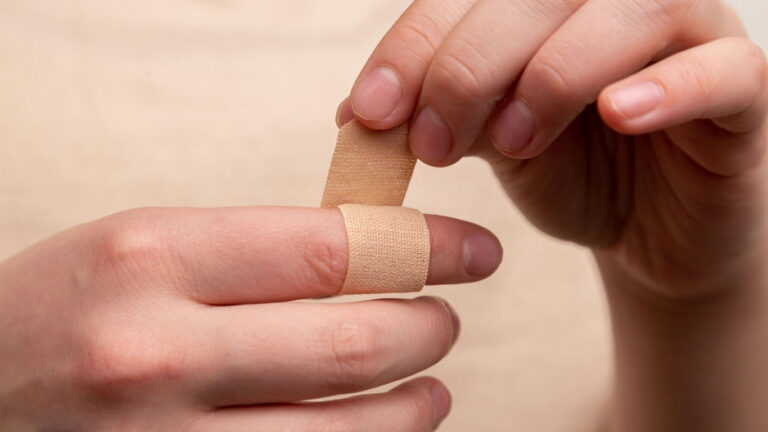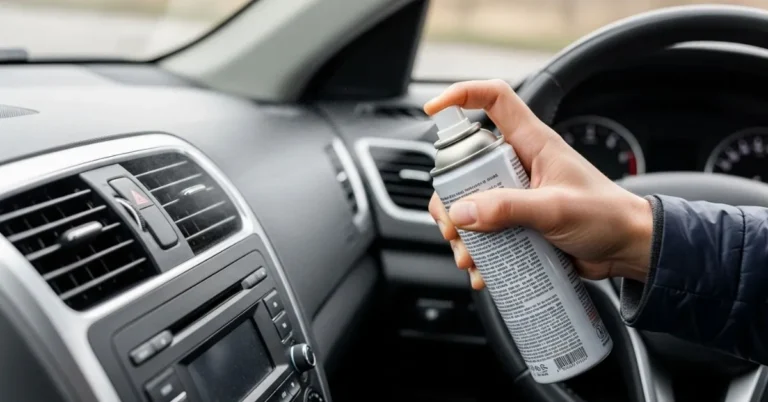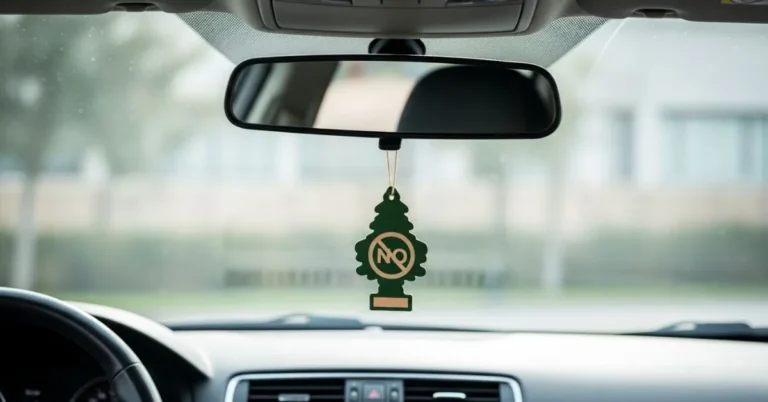Imagine: You’re chopping veggies for dinner, and bam! your knuckle grazes the edge of the cutting board. Or maybe you caught your finger on a rough corner while hustling through your day. Suddenly, there’s a painful scrape or small cut on that tricky knuckle joint, and you’re left wondering, how do you correctly put on a knuckle bandage?
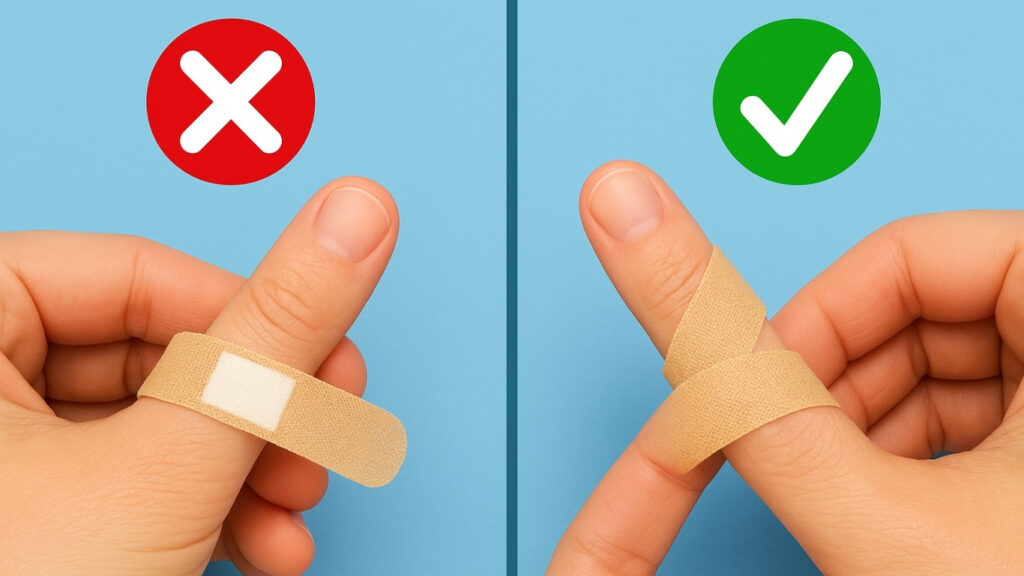
Knuckle wounds can be frustrating because your fingers constantly move, bend, and stretch. A poorly wrapped bandage won’t stay put, could irritate, or even slow healing. But don’t worry whether you’re a first aid newbie or want to up your bandaging game, this detailed guide has you covered. From prepping the injury to mastering the wrap, I’ll share easy-to-follow steps and insider tips so your bandage stays secure and your knuckle stays happy.
Ready to learn how to protect your knuckle like a pro? Let’s get wrapping!
Contents
- 1 Why Knuckle Injuries Are Different and Need Extra Care
- 2 Gather Your Bandaging Essentials
- 3 Step 1: Clean Your Knuckle Wound Thoroughly
- 4 Step 2: Apply a Thin Layer of Antibiotic Ointment
- 5 Step 3: Select and Place Your Dressing
- 6 Step 4: How Do You Put on a Knuckle Bandage? Master the Figure-Eight Wrap
- 7 Step 5: Test for Comfort and Circulation
- 8 Step 6: Keep Your Bandage Clean and Dry
- 9 Step 7: When Should You See a Healthcare Professional?
- 10 Eco-Friendly and Budget-Savvy Bandaging Tips
- 11 Build Your Confidence with Quality First Aid Resources
- 12 5 FAQs: About How Do You Put on a Knuckle Bandage Correctly
- 13 Expert Thoughts: Wrapping Your Knuckle Like a First Aid Pro
- 14 About the Author
Why Knuckle Injuries Are Different and Need Extra Care
Knuckles aren’t just flat patches of skin. They’re bumpy, flexible joints covered by thin skin that moves constantly. Because of this, bandaging knuckles is a bit of an art form your bandage needs to flex with your finger without slipping off or cutting off circulation.
Knowing how to correctly put on a knuckle bandage means avoiding common problems like bunching, excessive tightness, or frequent readjustments. The goal is simple: protect the wound, reduce pain and infection risk, and keep your finger mobile enough for daily tasks.
Gather Your Bandaging Essentials
Before you even touch that knuckle, make sure you have these first-aid staples on hand:
- Sterile gauze pads or non-stick wound dressings
- Medical adhesive tape (preferably hypoallergenic) or self-adhesive cohesive bandage wrap
- Antiseptic wipes or a mild antiseptic solution
- Scissors with clean blades
- Optional but helpful: antibiotic ointment or liquid bandage
Having all your materials ready helps you move quickly, which is key to preventing contamination and making the bandage more effective.
Step 1: Clean Your Knuckle Wound Thoroughly
Never underestimate the power of clean! Rinse the wound with cool, running water or wipe it carefully with an antiseptic wipe. Avoid harsh scrubbing, as that can irritate delicate skin. If there’s dirt or debris stuck in the wound, carefully remove it with sterilized tweezers or rinse again.
Once the area is clean, softly blot it with a fresh towel or let it dry naturally. Ensuring the skin is fully dry helps the bandage stay secure and minimizes the risk of infection.
Step 2: Apply a Thin Layer of Antibiotic Ointment
Spread a thin, even layer of antibiotic ointment like Neosporin or a natural alternative over the wound. This helps guard against infection, keeps the area moist for faster healing, and cushions the injury beneath the bandage.
Step 3: Select and Place Your Dressing
Choose a sterile gauze pad or a non-stick wound dressing that thoroughly covers the injured area without extending too far onto healthy skin. Center it carefully over the wound to absorb fluid and shield it from friction.
Read More: How Long Should Bandages Stay On for Faster Healing?
Step 4: How Do You Put on a Knuckle Bandage? Master the Figure-Eight Wrap
Now for the trickiest part: wrapping your bandage so it stays on a joint that’s always on the move.
Here’s the step-by-step figure-eight method trusted by first aid pros:
- Anchor the Bandage: Start by wrapping your tape or self-adhesive bandage twice around the base of the finger, just below the knuckle. This creates a solid anchor point.
- Wrap Across the Knuckle: Bring the bandage diagonally across the knuckle from one side to the other, ensuring the dressing stays in place.
- Loop Under the Finger: Next, wrap the bandage under the finger, crossing back underneath the knuckle. This completes the first figure-eight loop.
- Repeat Figure Eight: Continue wrapping in a figure-eight pattern two to three times. Each loop adds stability, preventing slipping or bunching.
- Secure the End: Finish by wrapping a couple more times below the knuckle and secure the end with tape or by tucking it under the previous layers if you’re using a cohesive bandage.
This wrapping style follows your finger’s natural curves and movements, ensuring the bandage flexes without losing grip.
Step 5: Test for Comfort and Circulation
Once wrapped, slowly bend and straighten your finger to check for comfort. The bandage should feel snug but never tight enough to cause numbness, tingling, or a bluish tint on your fingertip. If you notice any discomfort or discoloration, unwrap and reapply more loosely.
Step 6: Keep Your Bandage Clean and Dry
Knuckles are busy parts of your body, so your bandage is bound to get dirty or wet sometimes. Wear gloves when washing dishes or doing wet chores to keep it dry. Change the bandage immediately to prevent infection if it becomes damp, messy, or peeling.
Step 7: When Should You See a Healthcare Professional?
While most minor knuckle scrapes heal well with home care, get professional help if you notice:
- Intense swelling, redness, or warmth around the wound
- Plus, foul odor or increased pain
- Difficulty moving your finger or persistent numbness
- Cuts deeper than a quarter inch or bleeding that won’t stop
Seeking medical care promptly can help avoid complications and promote effective healing.
Eco-Friendly and Budget-Savvy Bandaging Tips
Want to be kind to the planet and your wallet while handling first aid?
- Choose Biodegradable Tape: Many brands now offer eco-friendly medical tapes that break down more easily.
- Opt for reusable cloth wraps made from soft cotton or bamboo. They’re washable and eco-friendly, helping you reduce waste.
- Use Digital First Aid Guides: For quick reference, opt for downloadable guides or mobile apps instead of bulky books.
These small choices help you stay prepared sustainably and affordably.
Build Your Confidence with Quality First Aid Resources
If bandaging feels daunting or you want to level up your first-aid know-how, consider investing in trusted first-aid manuals or online courses. These manuals are designed for beginners and cover everything from wound care to emergency response, helping you feel prepared and confident whenever life throws you a curveball.
Read More: How Long Should You Wear an Ace Bandage After Knee Surgery?
5 FAQs: About How Do You Put on a Knuckle Bandage Correctly
1. How tight should my knuckle bandage be?
It should be firm enough to keep the dressing in place but not so tight that it cuts off circulation or causes pain. After wrapping, check finger color and sensation.
2. Can I use regular adhesive bandages on my knuckles?
Regular strips rarely stick well on knuckles due to constant movement and bending. Using gauze with medical tape or cohesive wraps in a figure-eight pattern works much better.
3. How often should I change my knuckle bandage?
Replace it every day or anytime it gets wet, dirty, or starts to loosen to keep the area clean and support healing.
4. What if the bandage slips or bunches up?
The figure-eight technique prevents slipping. If you’re still having trouble, try a self-adhesive cohesive wrap or secure the ends with extra tape.
5. Can I move my finger with the bandage on?
Yes! The figure-eight wrap is designed to allow finger movement without compromising protection. Avoid heavy strain, but regular bending and gripping are fine.
Expert Thoughts: Wrapping Your Knuckle Like a First Aid Pro
Knowing how to correctly put on a knuckle bandage can save you from discomfort and speed up your healing process. You’ll keep your knuckle wound protected without sacrificing mobility with clean preparation, the figure-eight wrap, and a bit of TLC. Remember to keep your bandage clean, check circulation regularly, and don’t hesitate to seek medical care.
Now, show your knuckles some love and bandage them with confidence!

